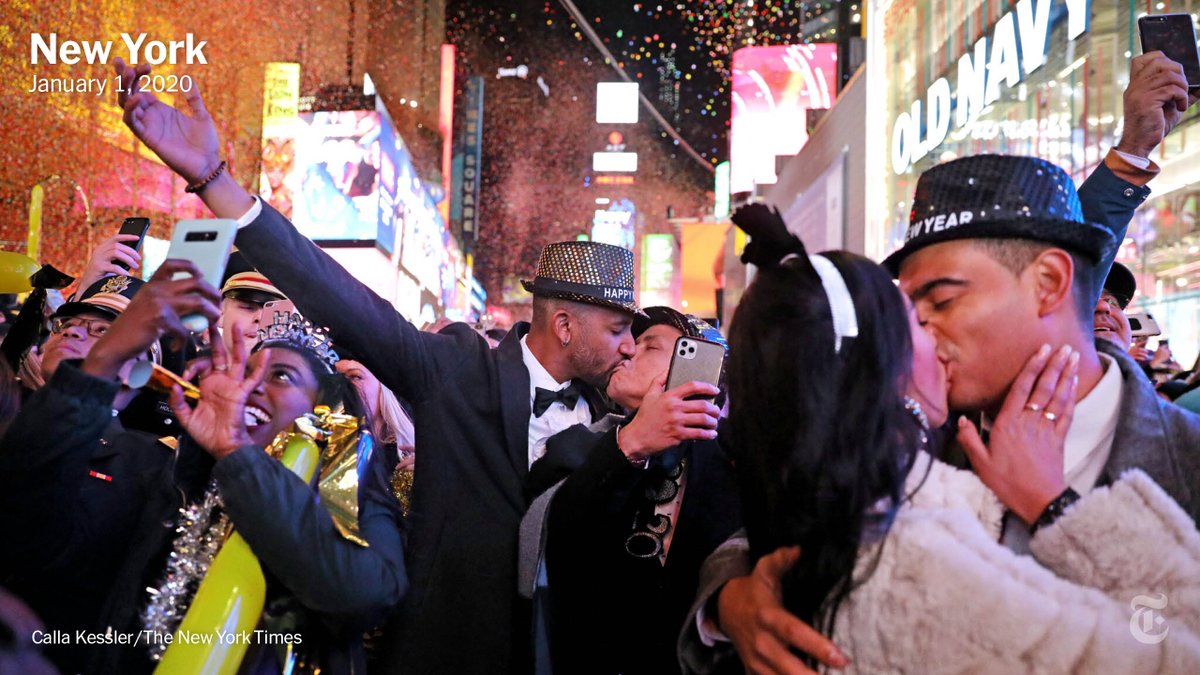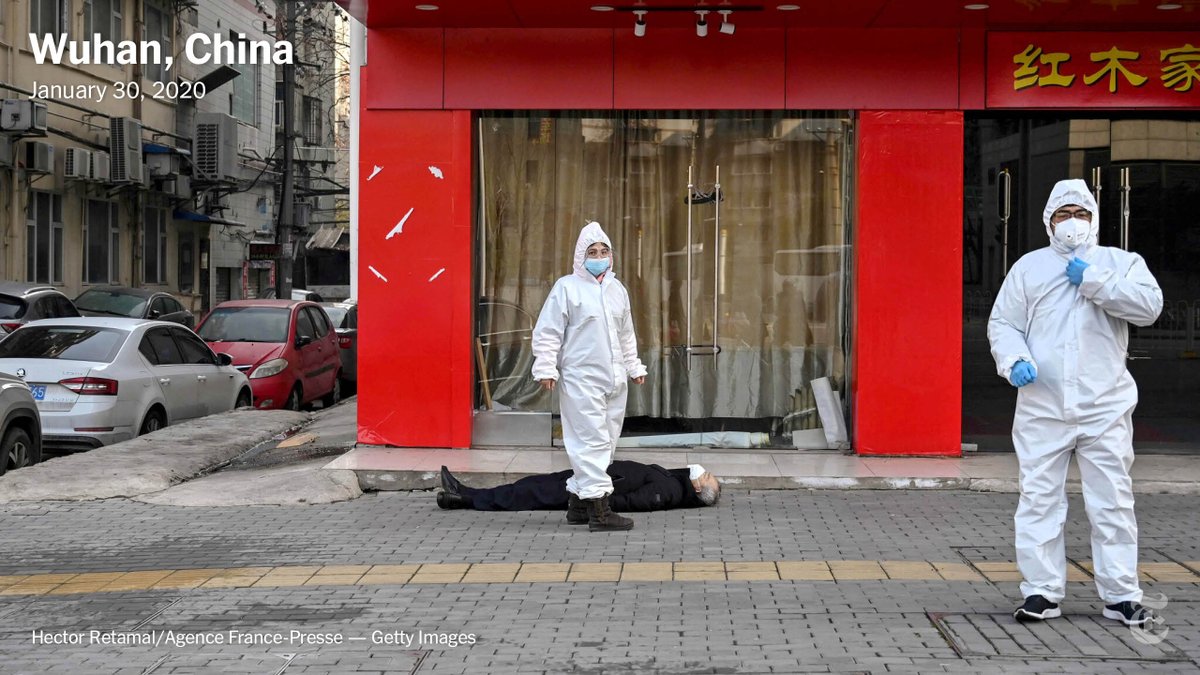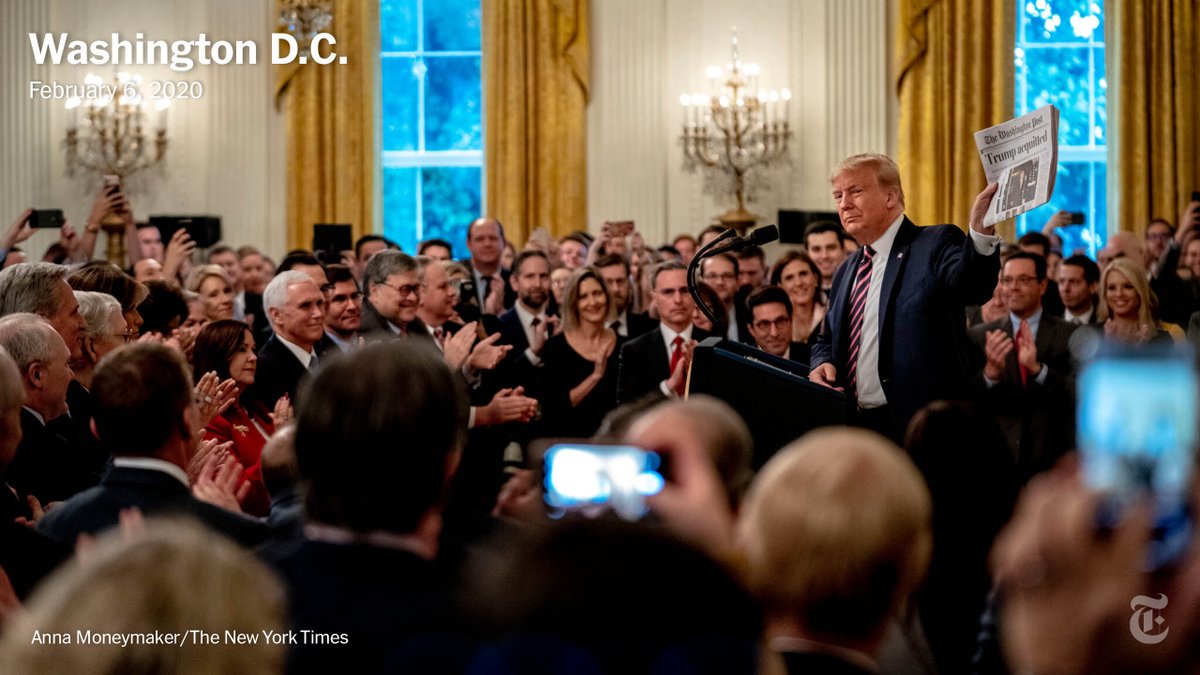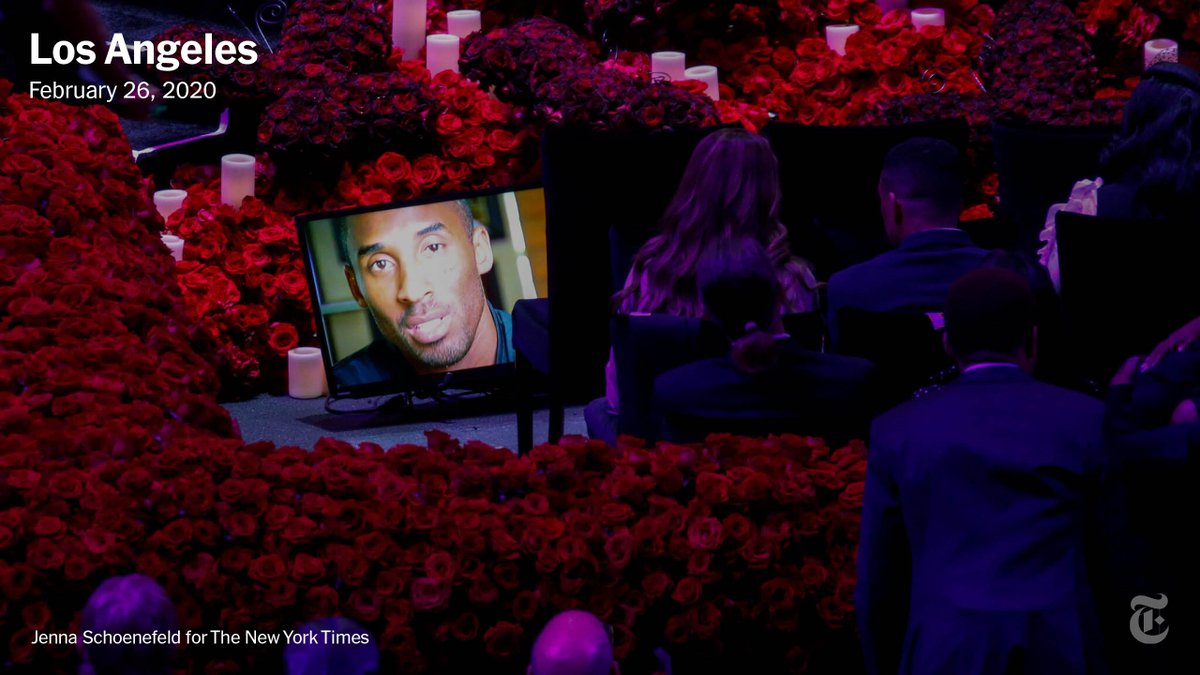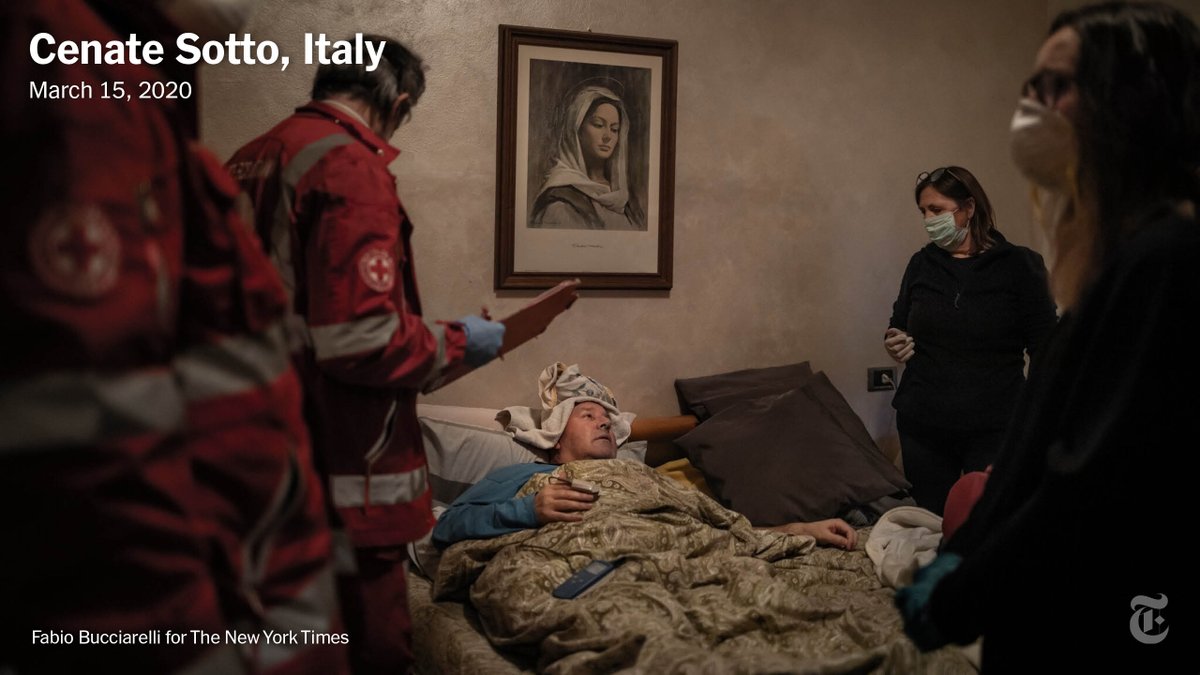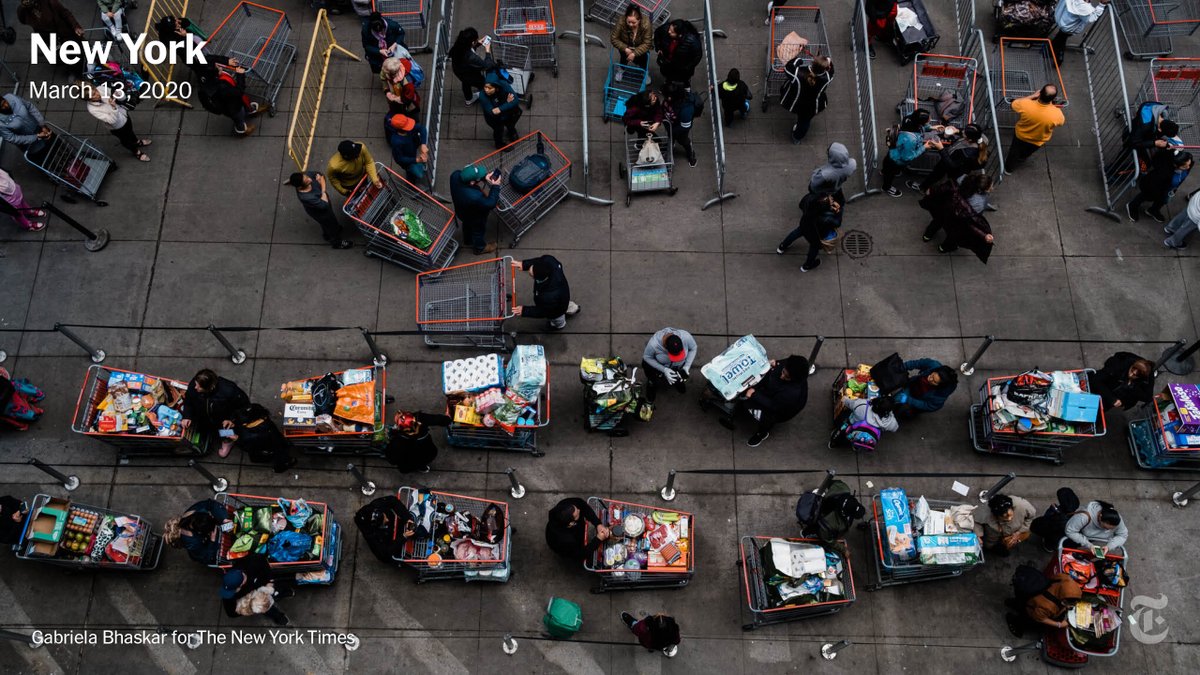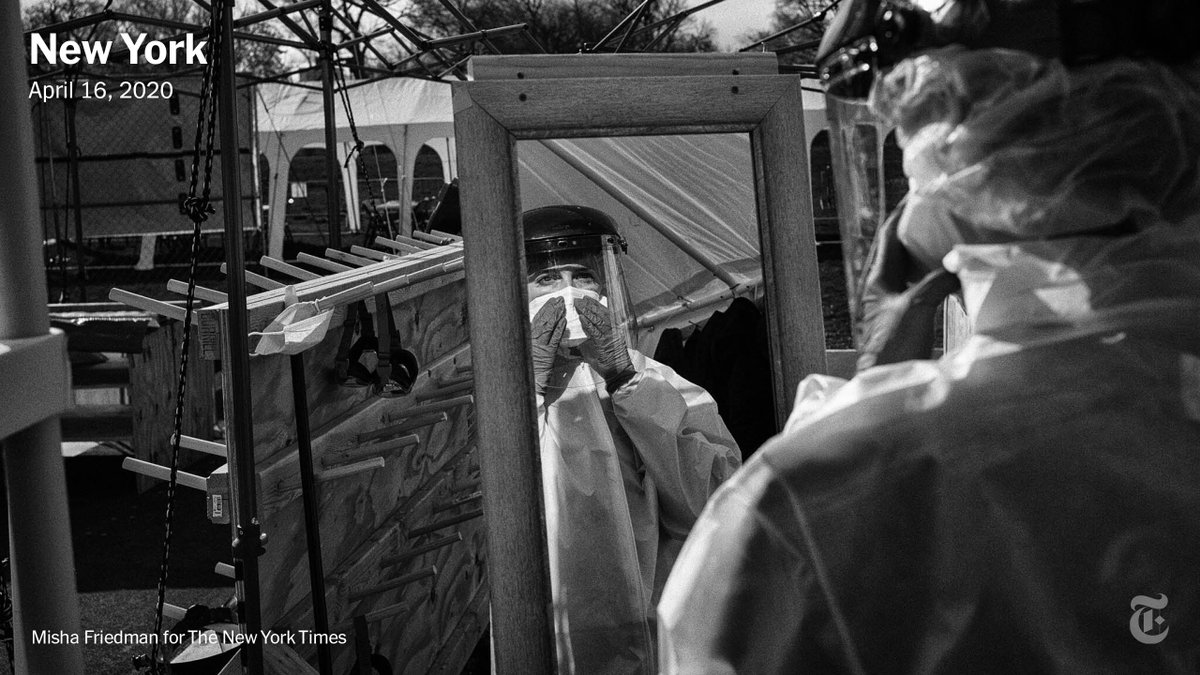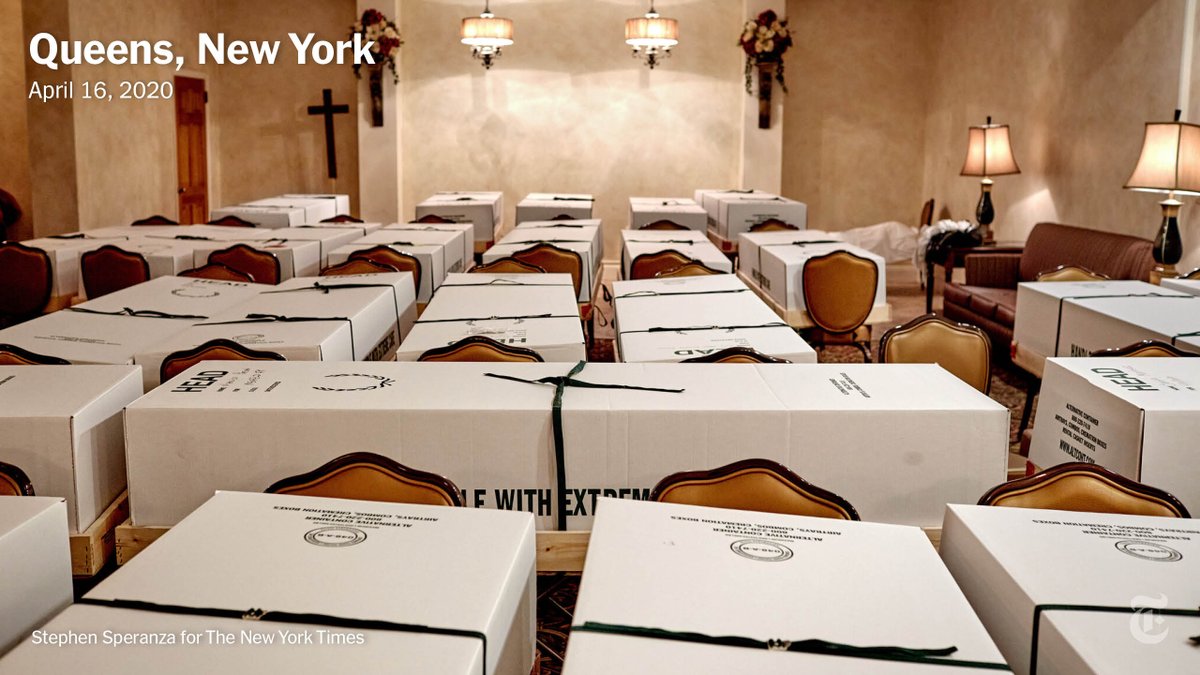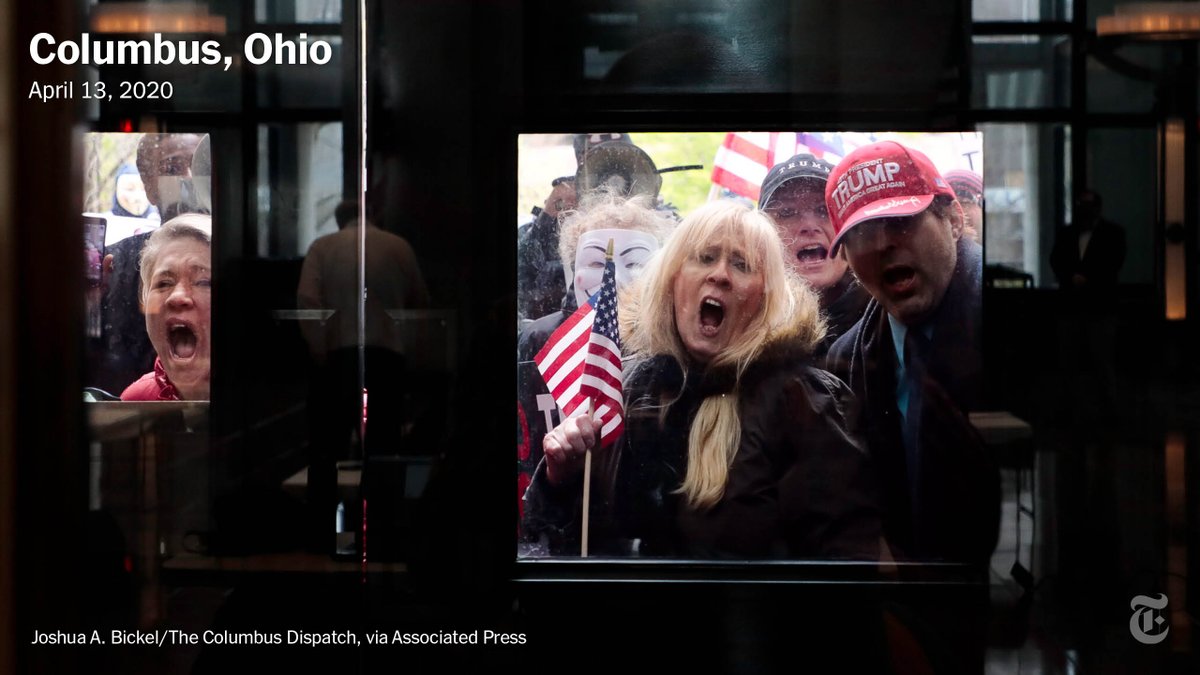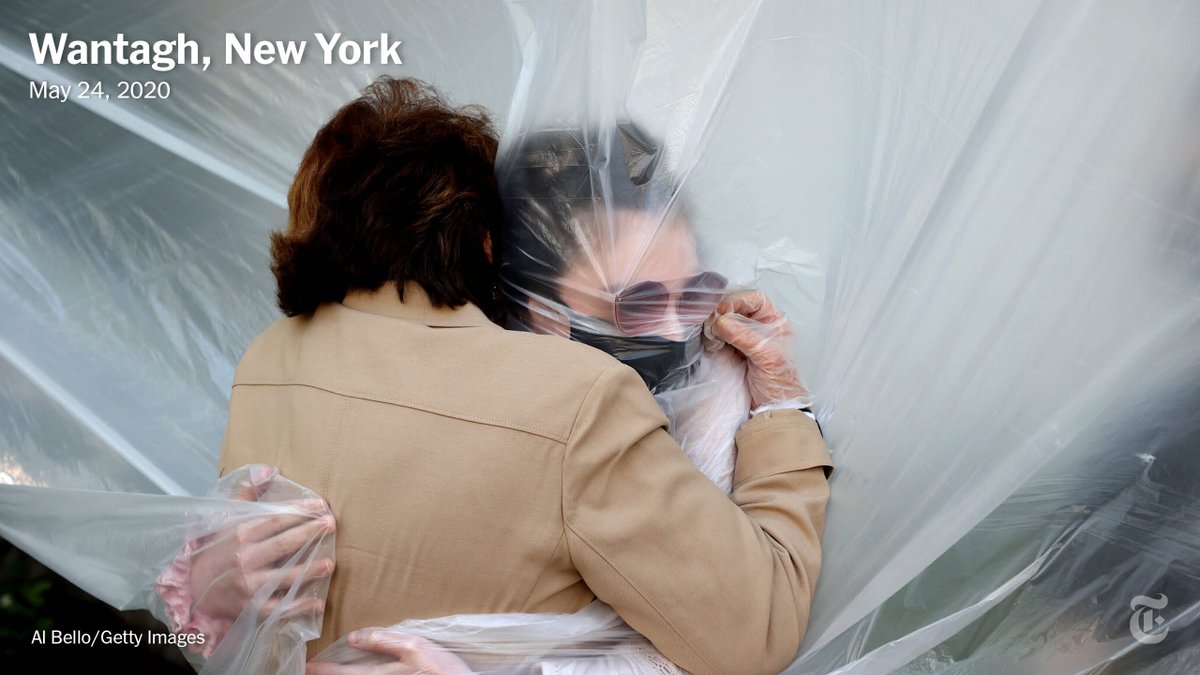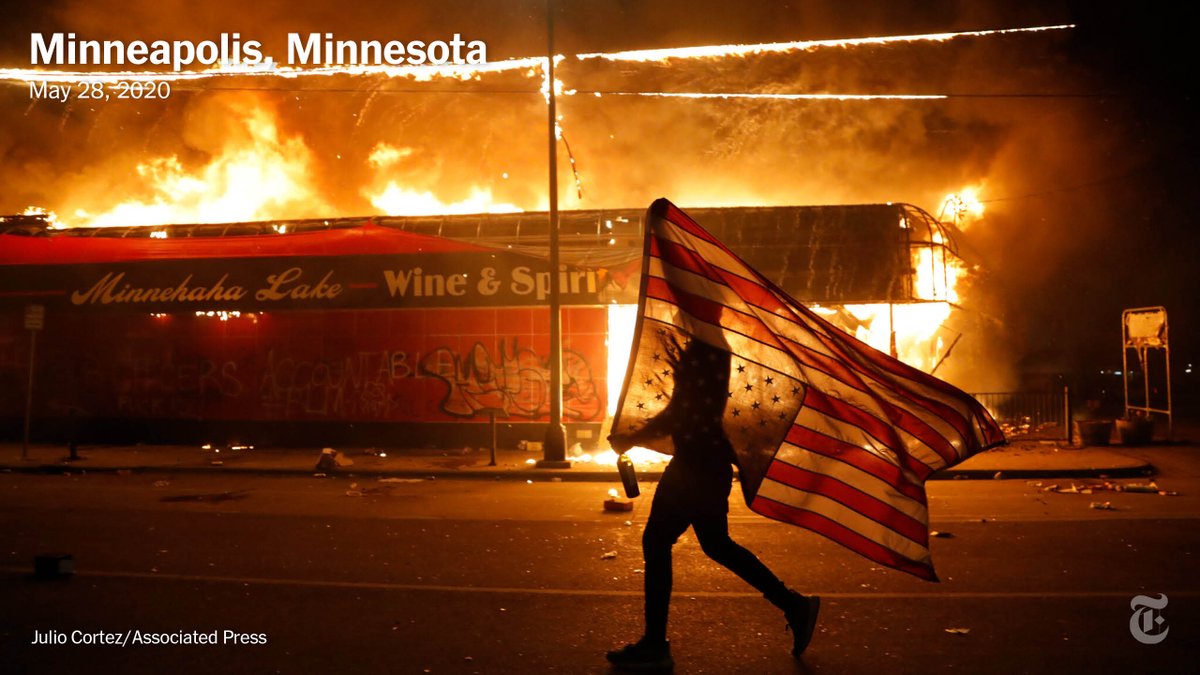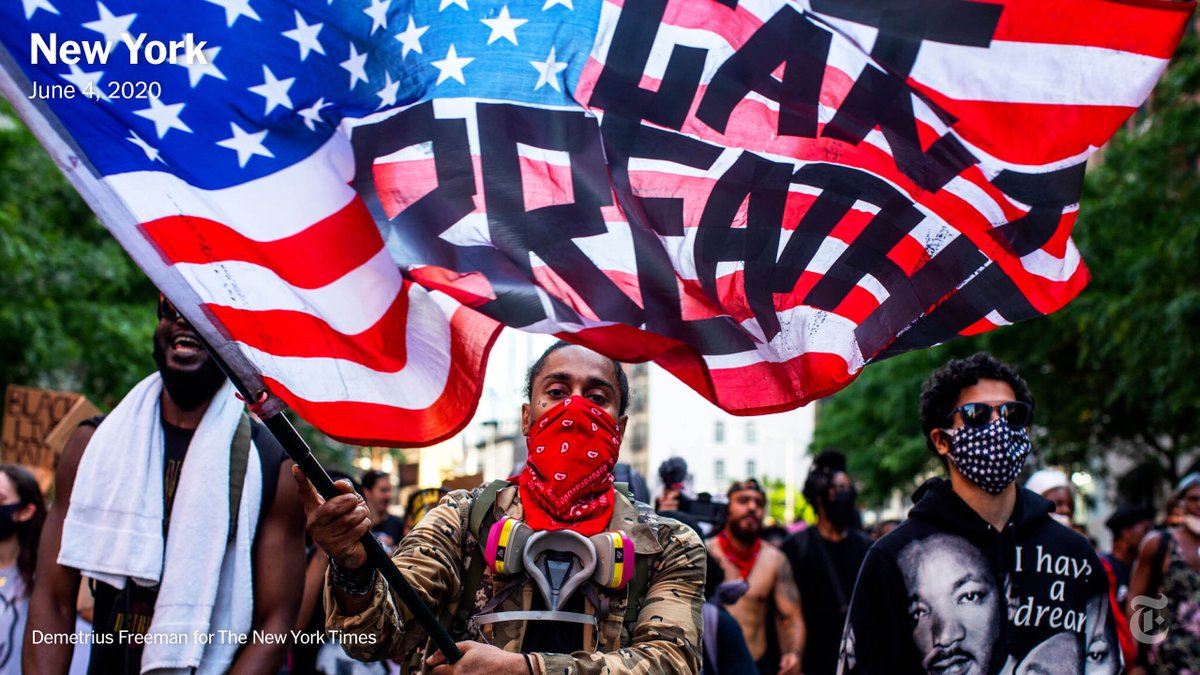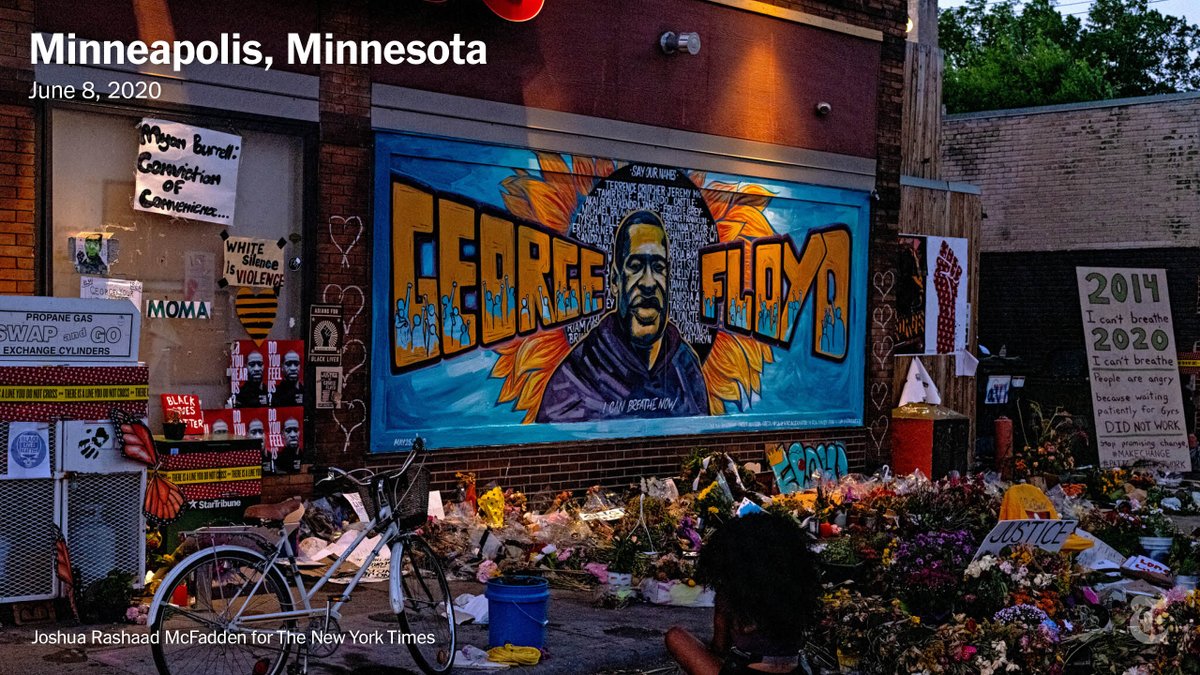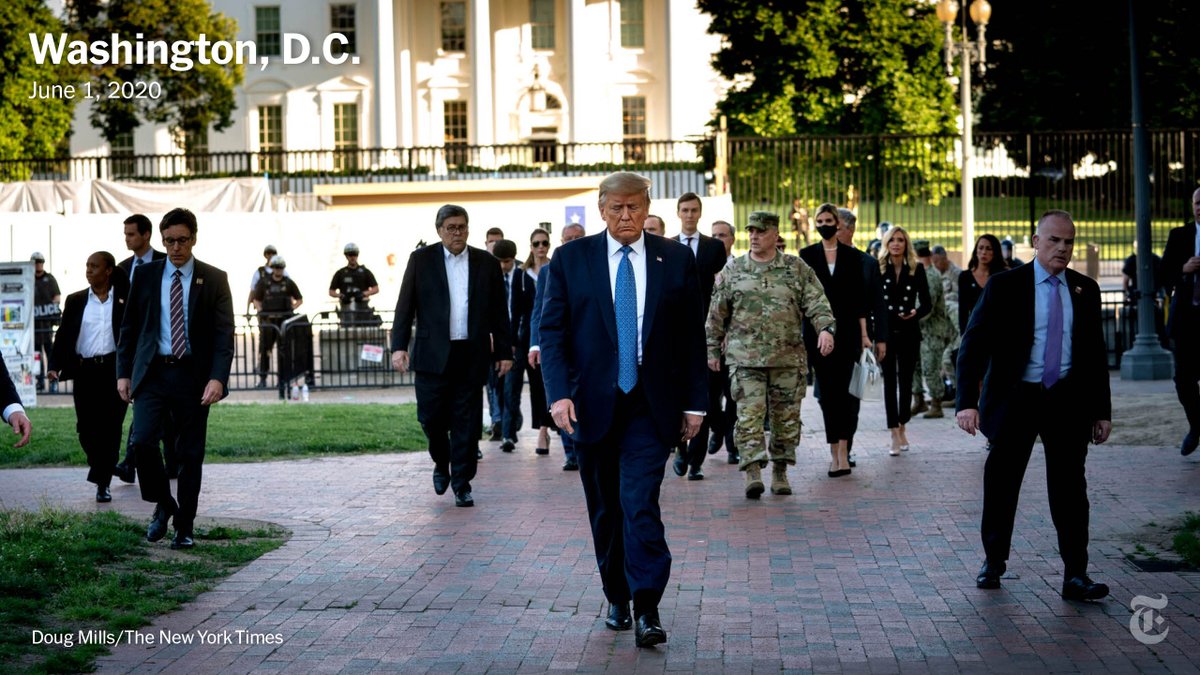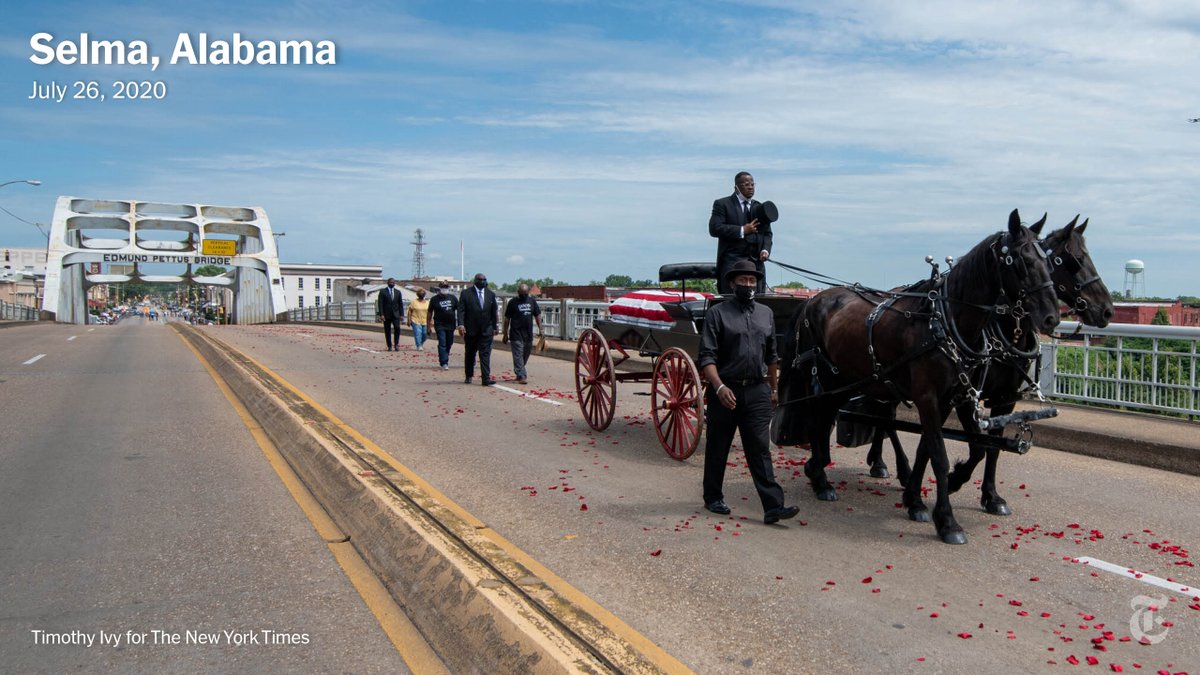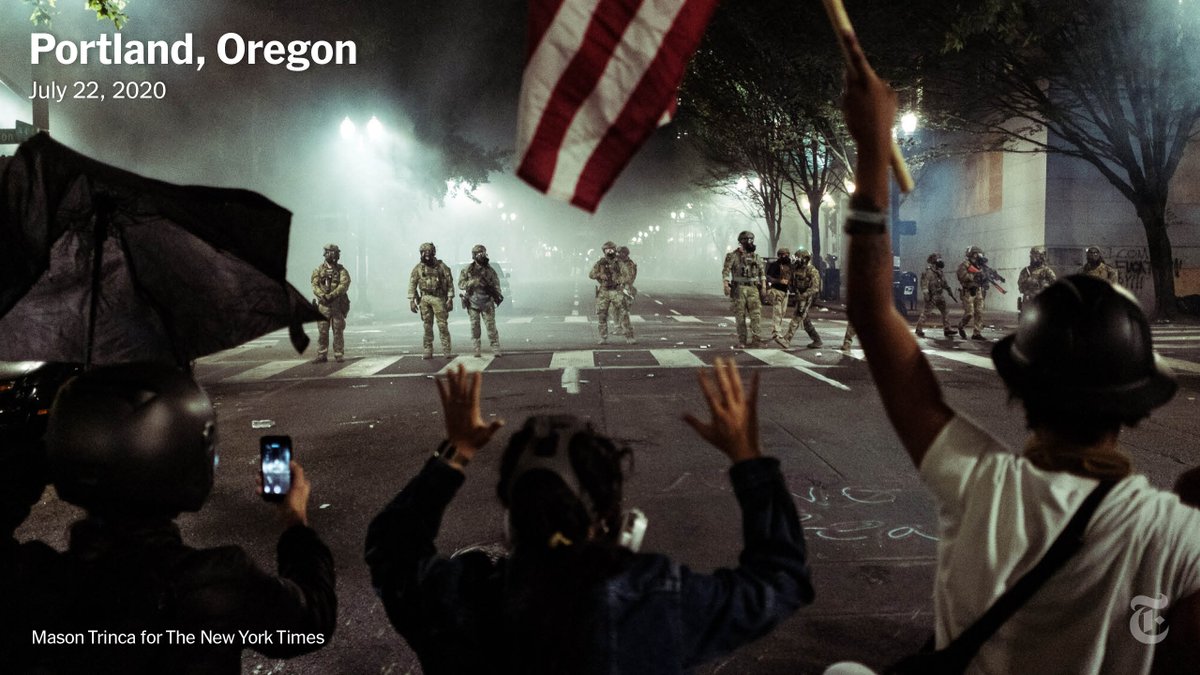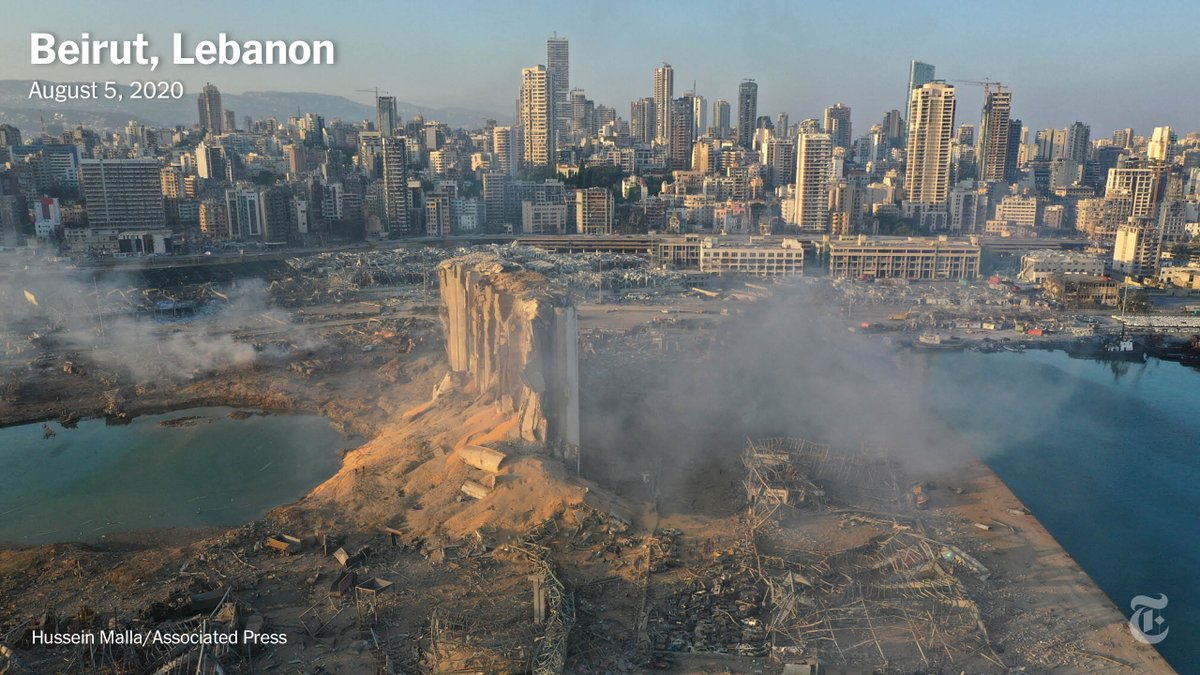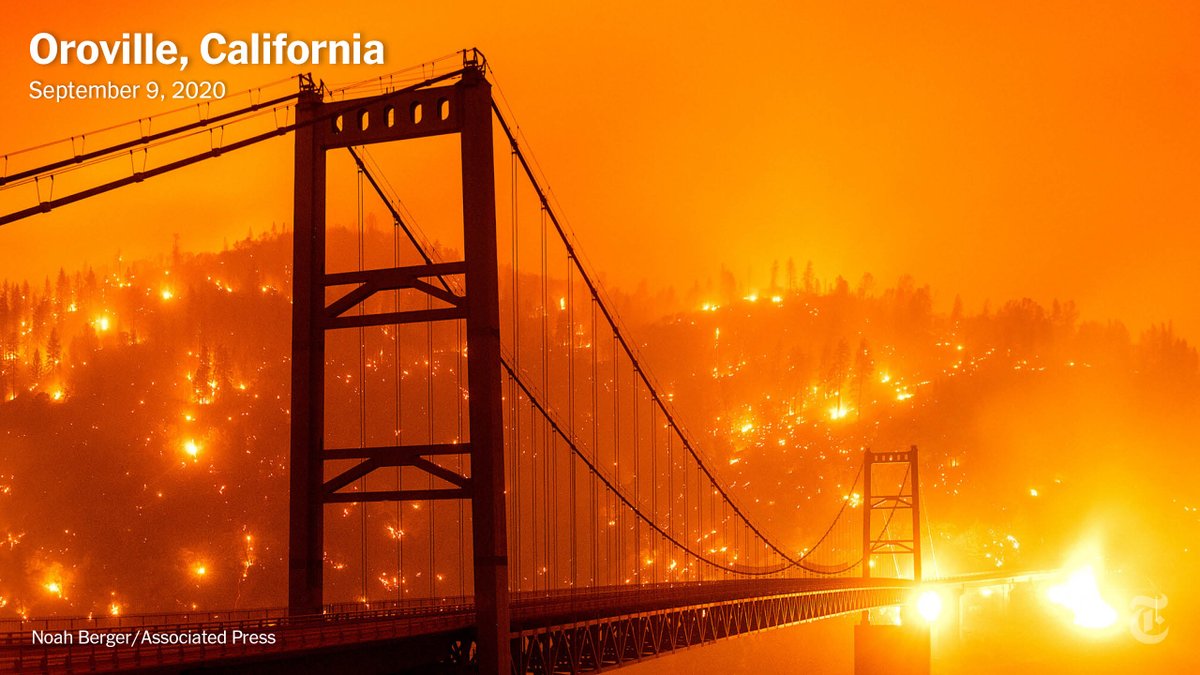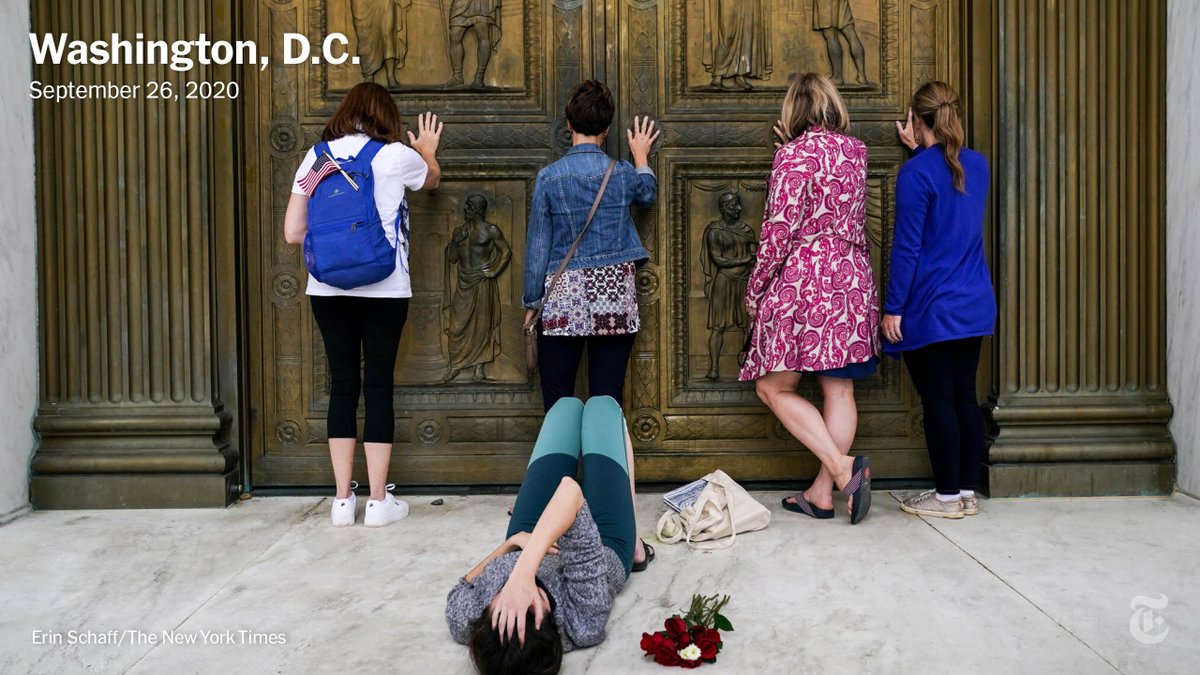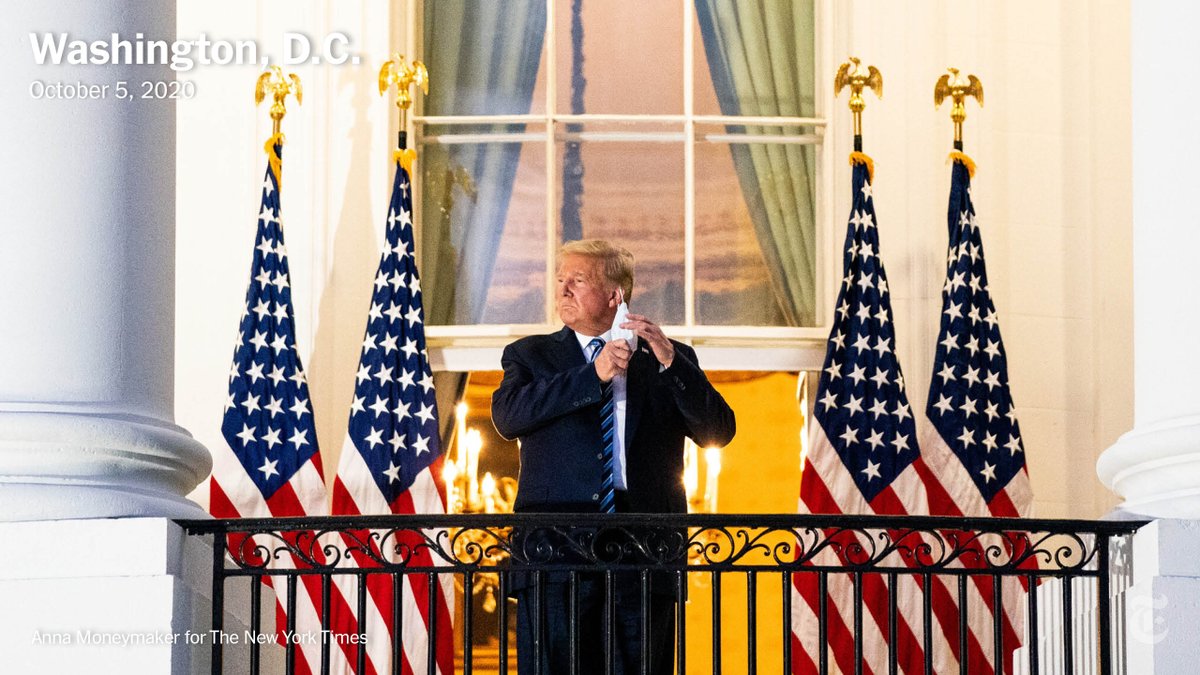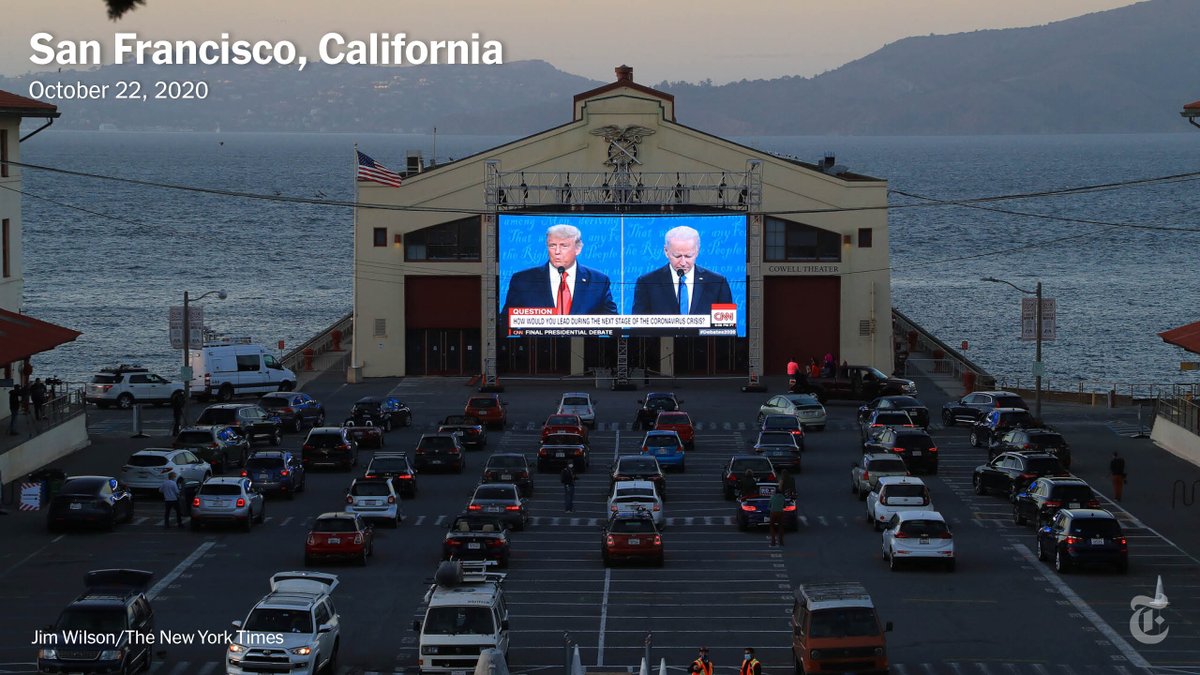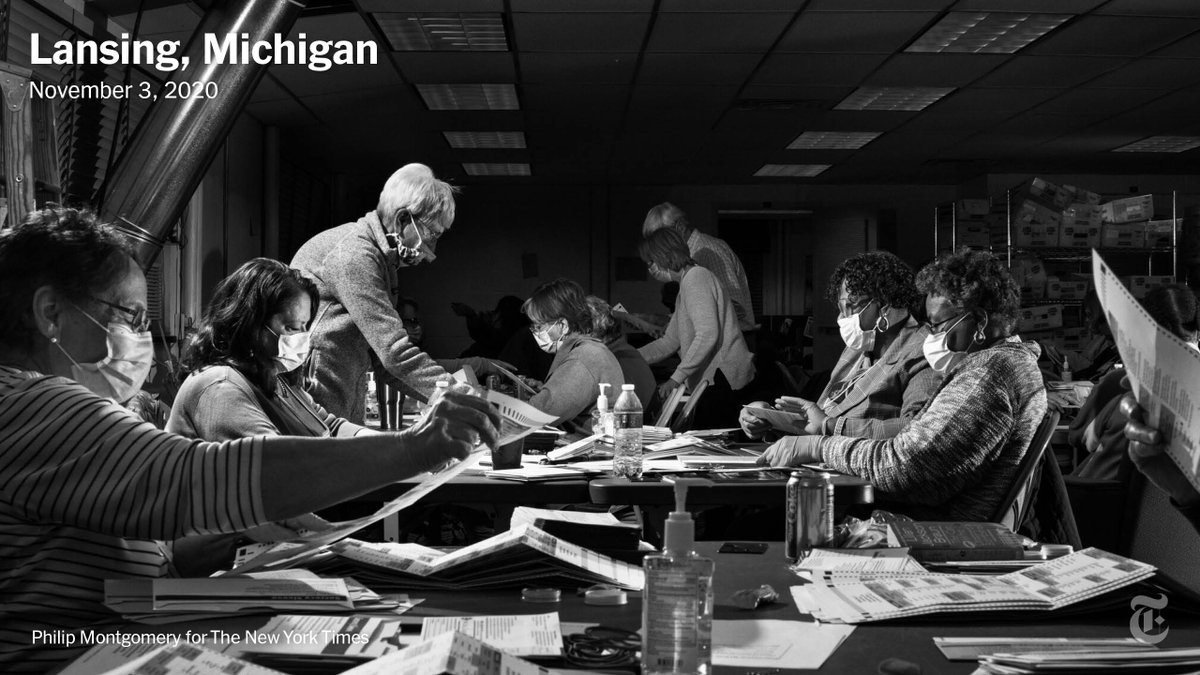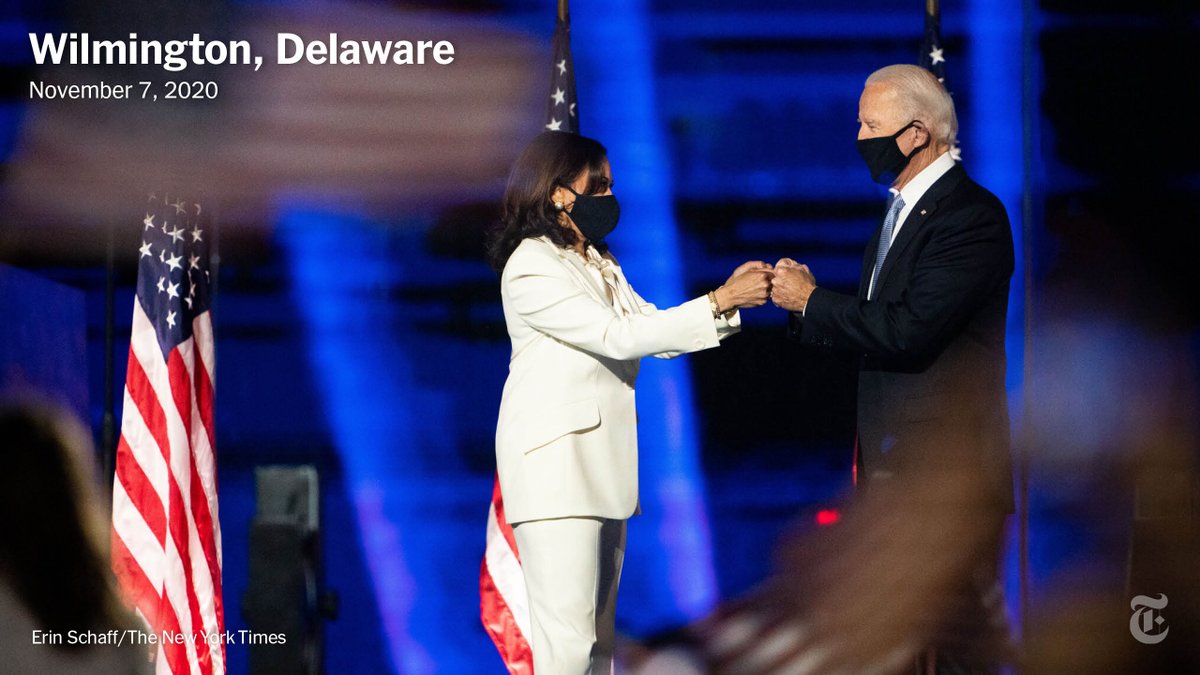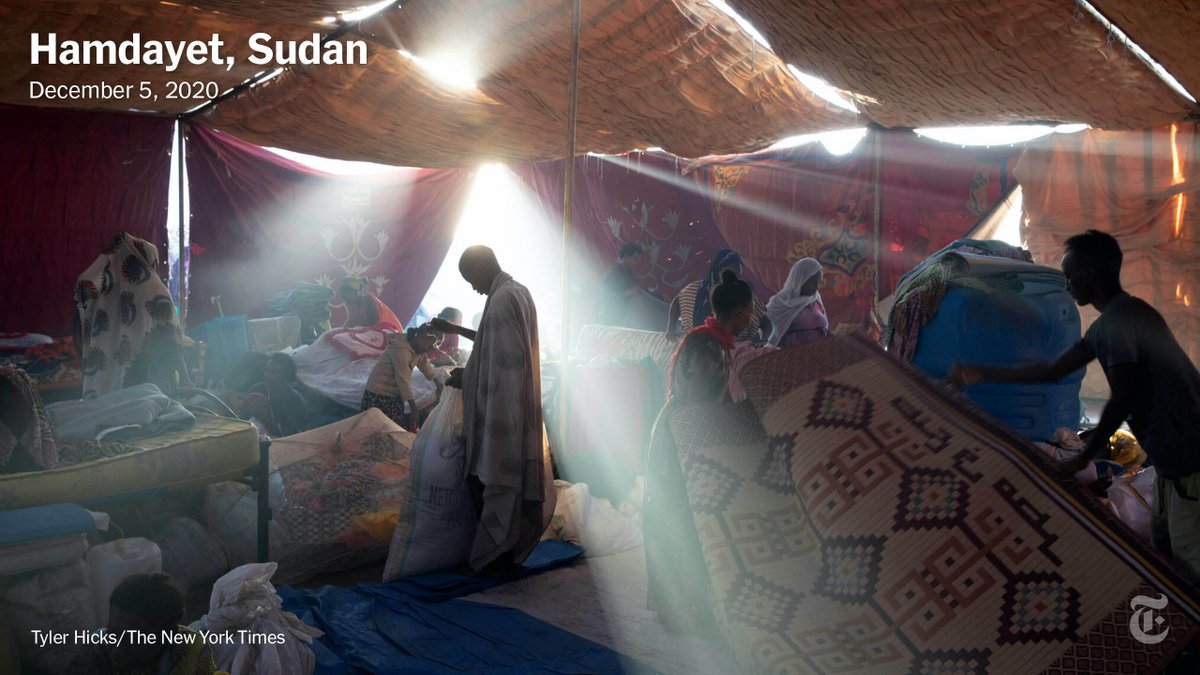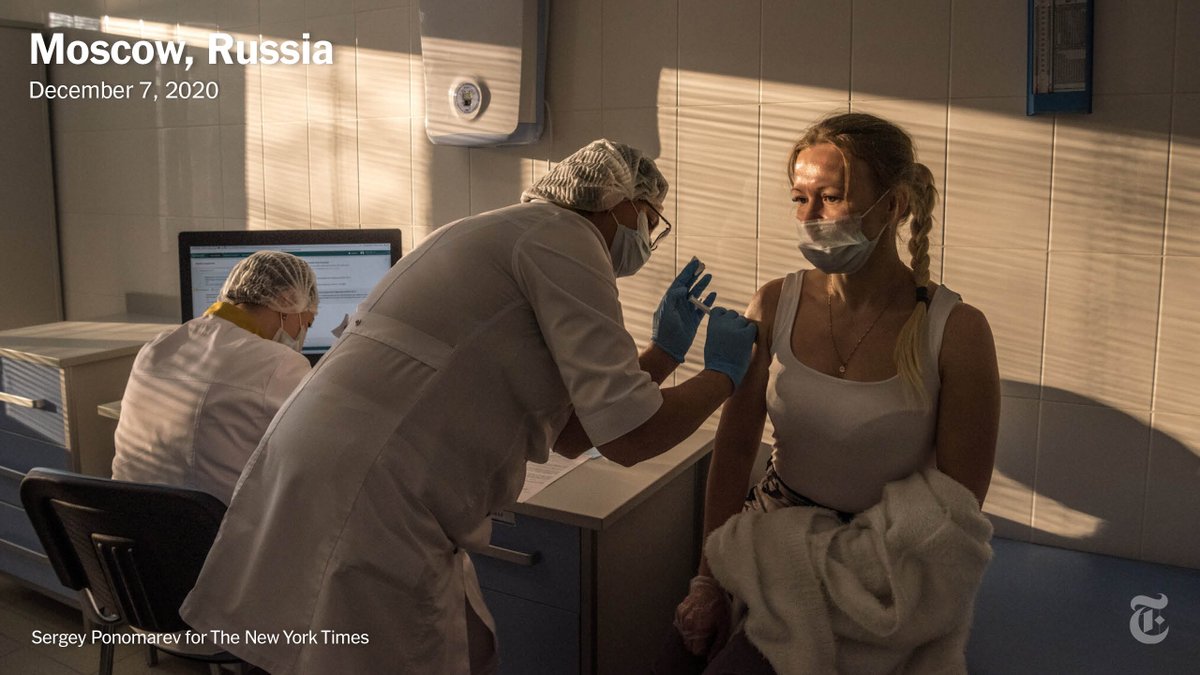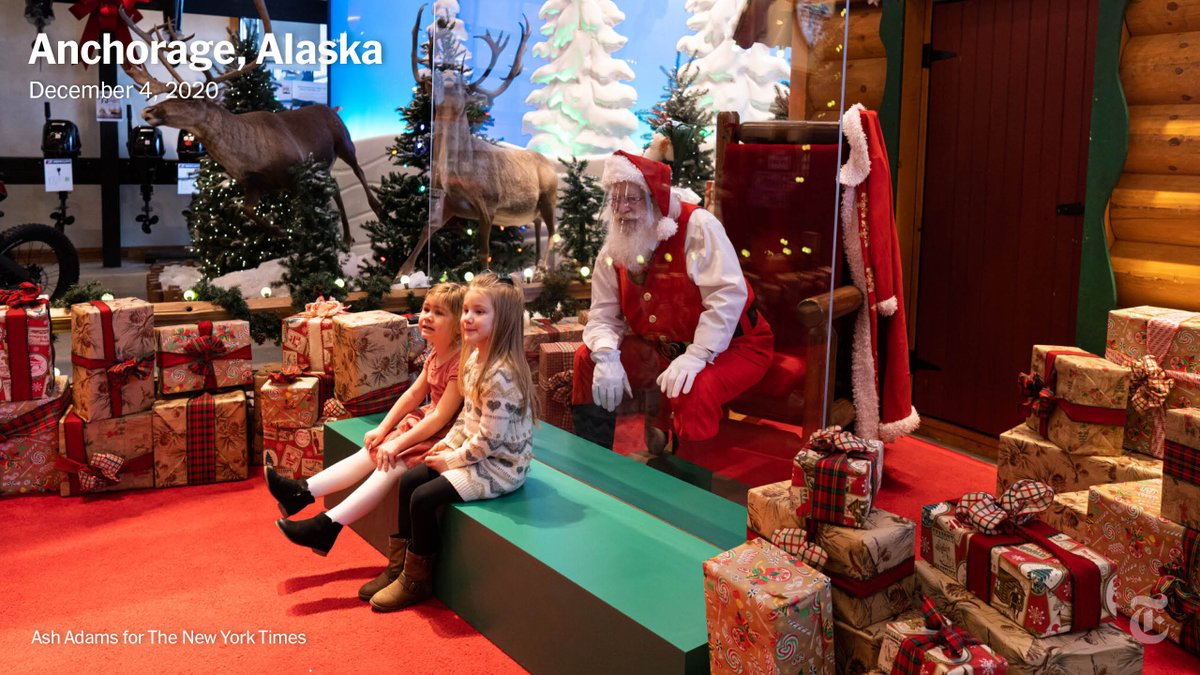It was a year like no other: 1.5 million people around the world died during a pandemic, racial unrest gripped the world, and democracy itself came under unprecedented assault.
This is 2020 in pictures. https://nyti.ms/3mWuRwJ
This is 2020 in pictures. https://nyti.ms/3mWuRwJ
“Certain years are so eventful they are regarded as pivotal in history,” our executive editor Dean Baquet writes. “The year 2020 will certainly join this list.”
These photos capture the tumult of the past 12 historic months. https://nyti.ms/3mWuRwJ
These photos capture the tumult of the past 12 historic months. https://nyti.ms/3mWuRwJ
In Times Square on New Year’s Eve, Calla Kessler captured an ebullient start to a year that would bring a pandemic, a recession, protests against racial injustice and a race for a vaccine to restore normal life. https://nyti.ms/3m2FkFJ
In January, Hector Retamal arrived in Wuhan, China, a city of 11 million people transformed by the virus. He documented the reaction when a man’s body was found on the ground not far from a hospital. He could never confirm if the man died from Covid-19. https://nyti.ms/3m2FkFJ
In February, President Trump was acquitted in the Senate impeachment trial. Anna Moneymaker reflected on photographing an event at the White House the following day. https://nyti.ms/2JOivZf
Kobe Bryant and his daughter Gianna were killed in a helicopter crash in February. The outpouring of grief was most visible at the Staples Center in Los Angeles, where Bryant played for the bulk of his professional basketball career. https://nyti.ms/2JOivZf
In late March, Fabio Bucciarelli was in Bergamo, Italy, ground zero for the spread of the virus in Europe. TV news was reporting daily death tolls. “But there were no images from inside,” he said. He trailed health care workers to show the human toll. https://nyti.ms/36Y6BEX
As the coronavirus spread and lockdowns loomed, panic-buying of grocery staples, medicines and cleaning products skyrocketed. The first major outbreak hit New York City in March and life in the city ground to a halt. https://nyti.ms/36Y6BEX
By April, a field hospital was set up in Central Park to help care for coronavirus patients. Refrigerated trucks were parked outside New York City hospitals to serve as mobile morgues. More than 20,000 New Yorkers died in the spring surge of coronavirus infections.
In April, Stephen Speranza photographed a family-owned funeral home near Elmhurst Hospital in Queens. “It had one of those curtain dividers and it was pulled wide open and the boxes were just laid out across the chairs. Cardboard boxes made for bodies.” https://nyti.ms/2K8tBIt
As U.S. governors issued stay-at-home orders and closed schools and nonessential businesses to combat the pandemic, protesters gathered. Joshua Bickel, a photographer for the Columbus Dispatch, captured demonstrators outside the Ohio capitol in April. https://nyti.ms/2K8tBIt
Al Bello, a sports photographer at Getty, shifted to covering Covid when the pandemic shut down most sports. In May, he photographed one family's elaborate system to allow grandparents to safely hug their grandchildren through a plastic dropcloth. https://nyti.ms/2KbV1gg
At the end of May, the killing of George Floyd in Minneapolis set off a summer of unrest that rippled across the globe. Explosive footage of his arrest and death led to an FBI civil rights investigation and the firing of all four officers involved. https://nyti.ms/2KbV1gg
Demetrius Freeman has been covering the Black Lives Matter movement since 2013, but the June protests in the wake of George Floyd’s death took on new urgency. “There were way more people and it was way more passionate,” he said. https://nyti.ms/37R30HN
Black Lives Matter may be the largest movement in American history. Millions of people poured into the streets to protest this summer following the deaths of George Floyd, Breonna Taylor and Rayshard Brooks. https://nyti.ms/37R30HN
Days after George Floyd’s death, protesters in Lafayette Square in Washington, D.C., were dispersed with tear gas. President Trump walked to St. John’s Episcopal Church, which had been damaged in the unrest. There, he held aloft a Bible as he posed for photos.
In late June, Patricia and Mark McCloskey brandished firearms as protesters marched by their St. Louis home. Lawrence Bryant was covering the protest for Reuters: "Her finger was on the trigger. I didn’t know what to expect," he said. https://nyti.ms/37R30HN
Rep. John Lewis, a stalwart of the civil rights movement, died in July. A horse-drawn carriage carried his body across the Edmund Pettus Bridge in Selma, Alabama, where, in 1965, Lewis was beaten while marching with voting rights activists. https://nyti.ms/3qFQmUT
In July, as protests continued in the wake of George Floyd’s death, New York City painted a Black Lives Matter mural on Fifth Avenue outside Trump Tower. The city’s announcement of the painting provoked an inflammatory response from President Trump. https://nyti.ms/3qFQmUT
In July, Portland was one of several cities where the Trump administration sent federal agents to stamp out protests. Mason Trinca covered the protests for weeks. The recurring theme of every protest during that period: a stalemate. https://nyti.ms/3qFQmUT
In August, photographer Hussein Malla and his family took cover when explosions rocked Beirut, Lebanon, killing over 190 people. Then he went outside and started working. https://nyti.ms/2VU7OGW
In September, California was overwhelmed by the deadliest wildfires on record. The fast-moving Bear fire, propelled by winds as strong as 45 miles an hour, tore through 230,000 acres in one 24-hour period. https://nyti.ms/3ovTRLA
Justice Ruth Bader Ginsburg’s death in September followed by the Republican push to swiftly confirm Amy Coney Barrett to the U.S. Supreme Court epitomized the shift the court has experienced under President Trump. https://nyti.ms/3ovTRLA
President Trump tested positive for the coronavirus and was briefly hospitalized in October. Upon returning to the White House, he removed his mask and played down the risks of the coronavirus. Anna Moneymaker captured the moment. https://nyti.ms/3n5suHS
In the final presidential debate of the pandemic year, the candidates’ microphones were muted at times to avoid a repeat of their first face-off, a chaotic spectacle with frequent interruptions. In California, it was shown drive-in style on a giant screen. https://nyti.ms/3n5suHS
A record number of ballots were cast in the presidential election, many were mailed ahead of time because of fears around the virus. Philip Montgomery watched as election workers tallied some of those votes: “The hands-on democracy was incredible to see.” https://nyti.ms/39VvBhP
On November 7, five days after Election Day, Joe Biden and Kamala Harris gave their first addresses to the nation as president-elect and vice president-elect, after Pennsylvania’s tally gave Biden the necessary Electoral College votes to secure victory. https://nyti.ms/39VvBhP
At least 45,000 people have fled war in Ethiopia’s northern region of Tigray. In December, Tyler Hicks photographed refugees sheltering in Sudan. Aid groups warn that another 100,000 refugees may follow in the next six months if fighting continues. https://nyti.ms/39X15o4
In December, coronavirus vaccines began distribution in several countries. Russia’s Sputnik V vaccine was administered before the final trial was completed. The Covid-19 vaccine development was the fastest the world had ever seen. https://nyti.ms/39X15o4
Even with a vaccine on the horizon, the pandemic is not over. Social distancing and masks have become a ubiquitous part of life for many around the world. At the end of this pandemic year, even Santa is staying behind a screen and wearing a visor. https://nyti.ms/39X15o4

 Read on Twitter
Read on Twitter